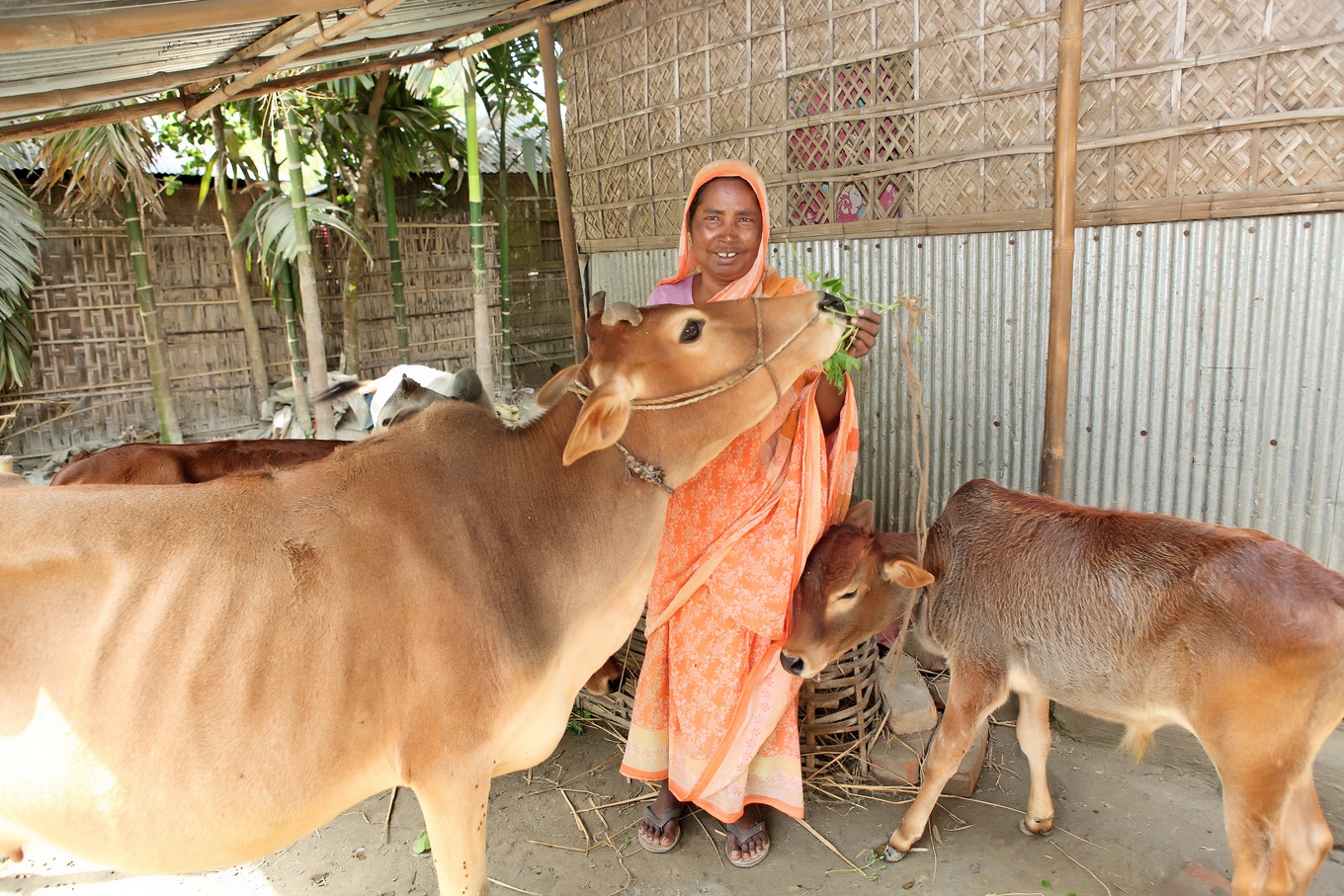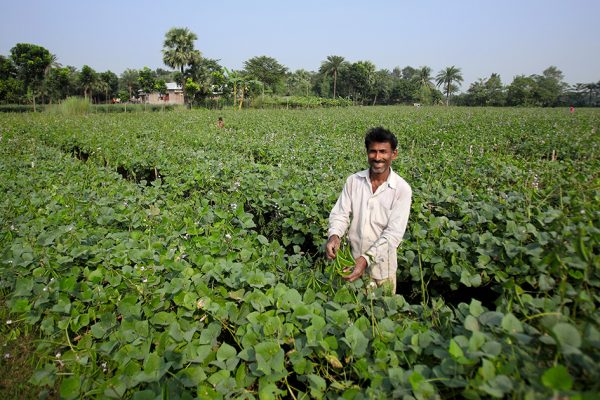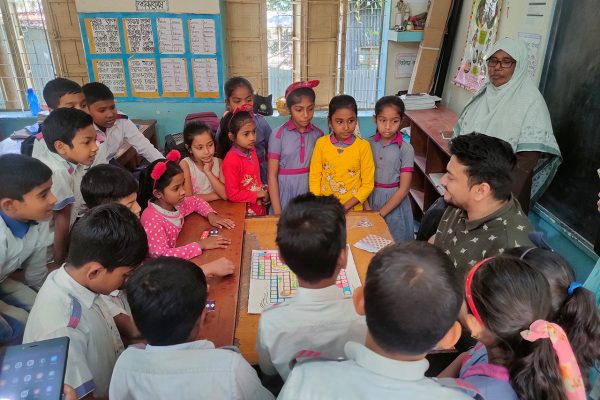To train, or not to train
Reading Time: 2 minutes
Variously called targeting the ultra-poor, just TUP, or more famously the graduation program (which we’re not always sure is the right title), BRAC’s work with the ultra-poor is officially titled Challenging the Frontiers of Poverty Reduction – Targeting the Ultra Poor (CFPR-TUP). A mouthful yes, but not nearly as many mouthfuls as there have been recently about the effectiveness — or lack thereof — of a core component in the program: livelihoods training.
Variously called targeting the ultra-poor, just TUP, or more famously the graduation program (which we’re not always sure is the right title), BRAC’s work with the ultra-poor is officially titled Challenging the Frontiers of Poverty Reduction – Targeting the Ultra Poor (CFPR-TUP). A mouthful yes, but not nearly as many mouthfuls as there have been recently about the effectiveness — or lack thereof — of a core component in the program: livelihoods training.
Yesterday development blog rockstar and Columbia economist Chris Blattman posted a teaser about an impact evaluation he recently co-conducted that looked at the livelihoods training component of a program from AVSI Uganda, saying this:
These programs don’t necessarily do the simplest thing for the most needy people: find very poor women who don’t already have a business, give them cash, and let them decide what they want to do themselves. Get rid of the conditions and the cows and the ridiculous microloan interest rates and let them do their thing.
Now things start looking up. That’s what I and several coauthors did with AVSI Uganda, working with some of the poorest women in the world. Here is the policy report and brief.
The short story: in 18 months, they become petty traders, incomes double, with a big boost to savings and poverty reduction. (Did I mention that income doubles?)
But this morning I came across another impact evaluation from through the World Bank’s Markus Goldstein, which looked at BRAC’s work with the ultra-poor in Bangladesh. He posted a summary on Wednesday saying this:
Four years later, there is a marked shift in employment patterns. Women who participate in the program are 17 percentage points (65% of the baseline mean) less likely to be in wage employment. This is important for two reasons: 1) wage work is strongly correlated with poverty in these communities, and 2) wage work tends to be seasonal, with attendant issues for income smoothing. Rather than wage work, these women are specializing more in self-employment (which includes rearing livestock) – this jumps by 15 percentage points (and the fraction that engage in both goes up by 8 percentage points).
And they are working more hours. As might be expected, hours in wage employment goes down by 26% relative to baseline but self-employment hours go up by 92% relative to baseline (interestingly, the wage labor reduction at four years is double that of two years – suggesting that women may be holding on to their wage jobs while waiting for their self-employment activities to get off the ground). Overall, the aggregate increases – women are now working 19% more hours relative to baseline levels.
Total earnings show a concomitant increase, going up by 34% relative to baseline by year two and 38% by year four. Earnings per hour are intriguing – after two years these are not significantly different from the baseline, but at four years they are: 15% higher than baseline. This suggests productivity gains that manifest over time – but not right away.
So what does this mean for poverty? Expenditure is increasing – with larger percentage gains in non-food expenditure relative to food. Total per capita expenditure is up 7% relative to baseline by year 2 and 8% by year 4. This translates into a poverty reduction of 11% relative to baseline (a 9 percentage point drop). This expenditure boost not helps the poor close the gap with those classified as near poor in the baseline, but actually pass them.
So, which is it? Is livelihoods training a cost-effective, worthwhile effort? Or not?






